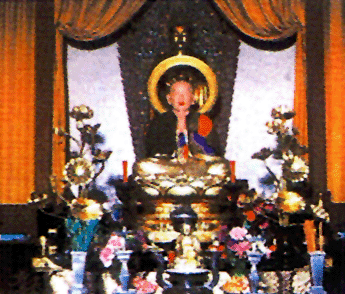|
Xi'an city Tourist Area
Also known as Chang' an in ancient China, Van, capital of Shaanxi Province, is
Located incentral Weihe Plain, with the Weihe River in the north and the Qinling Mountain
Range in the south. As a center for politics, economy, and culture in Northwest China,
it has many historic sites, including more than 4,000 tombs and over 120,000 relics
unearthed. There are tourist attractions such as the City Wall, the Stele Forest, the Drum
Tower, Guangren Temple, and the Tomb of Emperor Qin Shihuang.
Xi'an city Wall:
Standing in the city proper, it is the world's
largest and best-preserved city wall. Erected in
the Ming Dynasty(1368-1644),it is 13.7 kilometers long,with 5,984 crenels, surrounded by city
moats and guarded by gates, rostrums, and
watchtowers. There are also pavilions, terraces,
towers, and trees, making it a huge park circling
around the city.
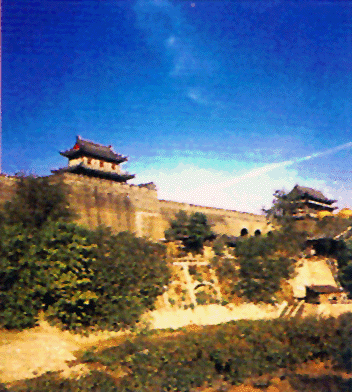
The bell tower:
Located at a cross in Van, it is a three-story, wooden structure with green, glazed tiles. Magnificent and exquisitely designed, it is a typical architectural structure featuring traditional Chinese style.
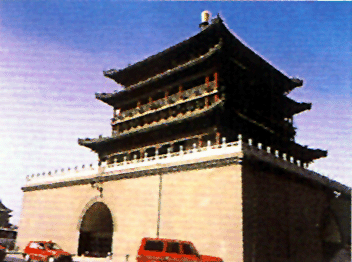
The Greater wild Goose Pagoda:
Rebuilt in the Ming Dynasty, it towers at the Southern end of Yanta Road outside Heping (Peace) Gate. A brick structure with a height of 64 meters, it is a major relic under state protection. Located in Jianfu Temple south of Xi'an, it is a famous brick structure of the Tang Dynasty. It had 15 stories, but two of them were destroyed during an earthquake. Standing 36 meters high with 13 stories today, it is the best place to get a panoramic view of the city.
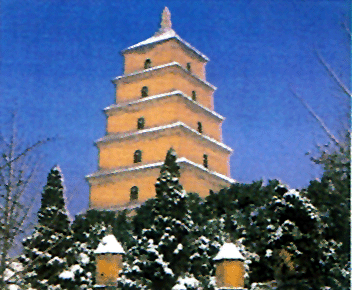
The Tomb of Emperor Qin Shihuang:
Lying adjacent to Xiahe Village. 5.000 kilometers east of the Lintong District, it is where Emperor Qin Shihuang, or Yingzheng. the first emperor of the Qin Dynasty rests. The tomb is 55.05 meters high and 2.000 meters in girth. The imposing cemetery is surrounded by tomb layers of walls, and it has been included on the list of the World Cultural Heritage.
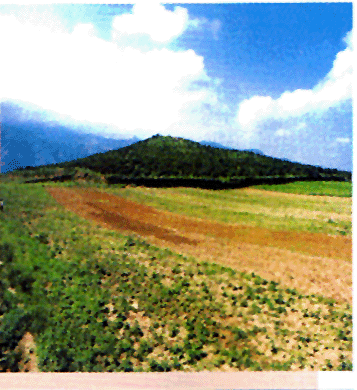
The Terracotta warriors and Horses:
One and half kilometers east of the Tomb of Emperor Qin Shihuang is a pit. 230m by 62m by 5m. known as the World's Eighth Wonder and its largest military museum, where 6.000 life-sized terracotta warriors and horses were brought to light. The warriors have weapons in their hands and vivid facial expressions.
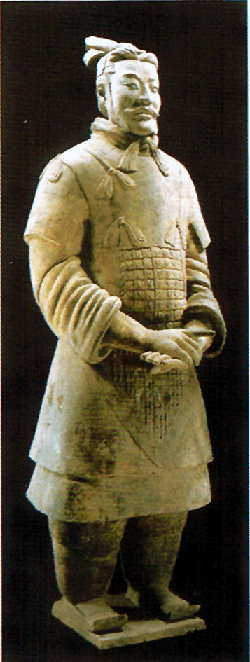
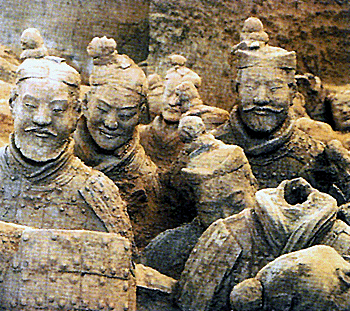

Bronze Chariots of the Qin Dynasty: Discovered in 1978, two large, bronze chariots were unearthed from the western part of the Tomb of Emperor Qin Shihuang. Half life sized they are complicated yet exquisitely structured and the drivers and the horses have vivid facial expressions.
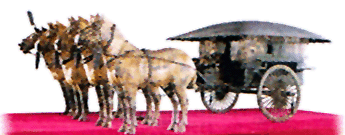
Qinglong Temple:
Located in the Amusement Park southeast of Van, it was built in 582 and is an ancestral temple to the Shingon-shu Sect, Japanese Buddhism, which drew many monks from Japan in the past, among whom Konghai is the most famous. During the 1980s, Buddhists in Japan donated funds to build two memorial halls in the temple.
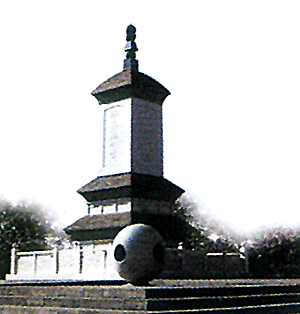
Daxingshan Temple:
Located on the Middle Chang'an Road, Van, it was built in 265, and is the cradle of the Tantrism Sect of Chinese Buddhism. During the Sui and Tang Dynasties (581-907), a monk from India spread Buddhism and translated more than 500 Buddhist sutras. The imposing structures represent the unique style of the religion, with a great influence from India.
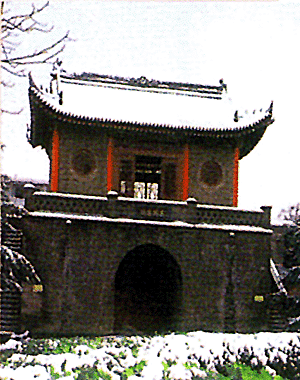
Water-and-Land Nunnery
Located in Lantian County 10 kilometers southwest of Van, it is an ancient temple with a rich collection of painted figurines made in ancient China. Large number of painted, clay figurines are found on the walls of the main hall of the temple. The ones on the southern and northern walls tell the stories of Sakyamuni, thus winning a fame China's Grottoes Next to Dunhuang.
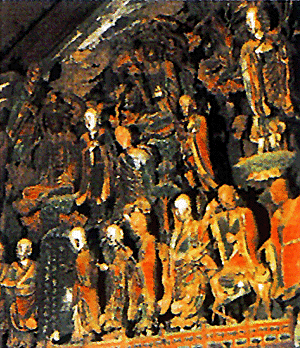
Shaanxi History Museum:
Situated close to the Greater Wild Goose Pagoda, it is a state-level, modern museum with an area of 70,000 square meters and a floor space of 56,000 square meters. A structure after the model of the Tang Dynasty, it is elegant, solemn, and unembellished, with a collection of 113,000 relics unearthed from Shaanxi, 3,000 of which are on display, and 40 murals from the tombs of the Tang Dynasty.
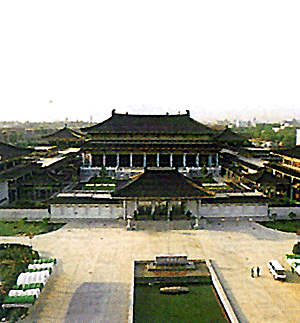
Xi'an Stele Forest Museum:
Located in the Confucian Temple in Van, it is an ancient, garden-like structure, with a collection of over 80.000 steles. Covering 4.000 square meters in area, consists of the Exhibition Hall of History, the Stele Forest, and Stone Carvings.
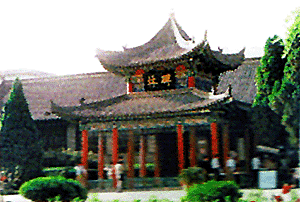
Banpo Museum:
Located in Banpo Village on the eastern outskirt of Xi' an it was built on the ruins of Banpo, the first of its kind in China. The museum displays a primitive village typical in the Yellow River region, 6,000 years ago. It is of great value for the study of primitive China.
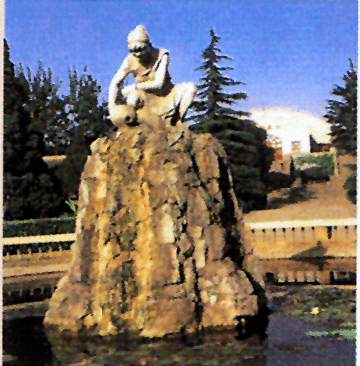
Huajue Great Mosque:
Established in 742, the Mosque is a combination of traditional Chinese and Muslim architectural styles. Covering an area of 12,000 square meters in Huajue Lane, it consists of three parts, the Anterior and Posterior Halls, the Shengxi Tower, and the Phoenix Pavilion. It is one of the important places for Muslim activities as well as one of China's four largest mosques.
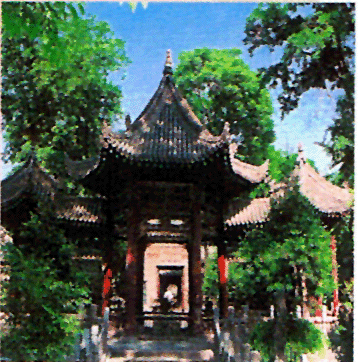
Huanqing pool:
Lying at the northern foot of Mt. Lishan in Lintong County, 30 kilometers east of Xi'an, it is one of the famous hot springs in Shaanxi. With pavilions, terraces, towers, and zigzagging corridors, it is a good combination of natural and man-made beauty.
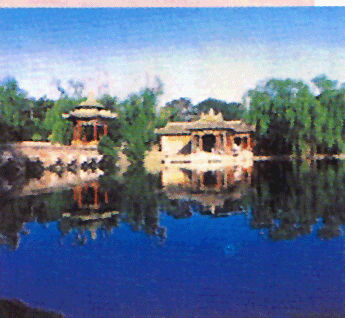
Xiangji Temple:
Located in Chang'an County, 18 kilometers from Xi' an , it was built in 706. The original temple was fallen apart. And in existence are two pagodas, facing each other in the east and the west The temple was rebuilt in 1980.
Xingjiao Temple:
Located in Chang' an County. 20 kilometers from Xi 'an, it was constructed in 669, and was one of the eight large temples in the Tang Dynasty. It is where eminent monk Xuan Zang of the Tang Dynasty was buried. It consists of three parts, the Main Hall, the Tripitaka Tower, and the dagobas. The Dagoba of Xuan Zang is the oldest brick structure made after the model of a wooden one in China.
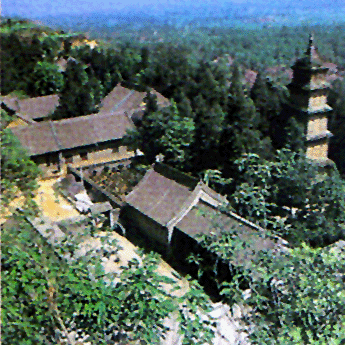
|
















